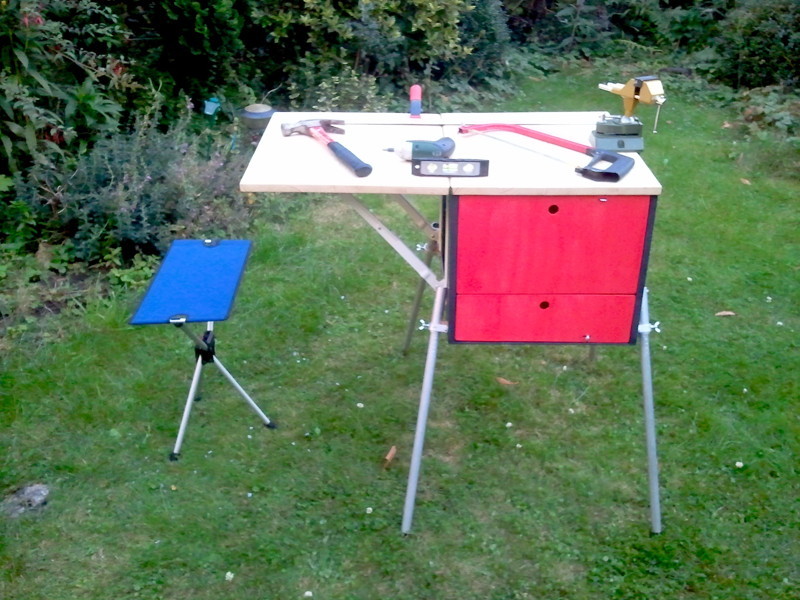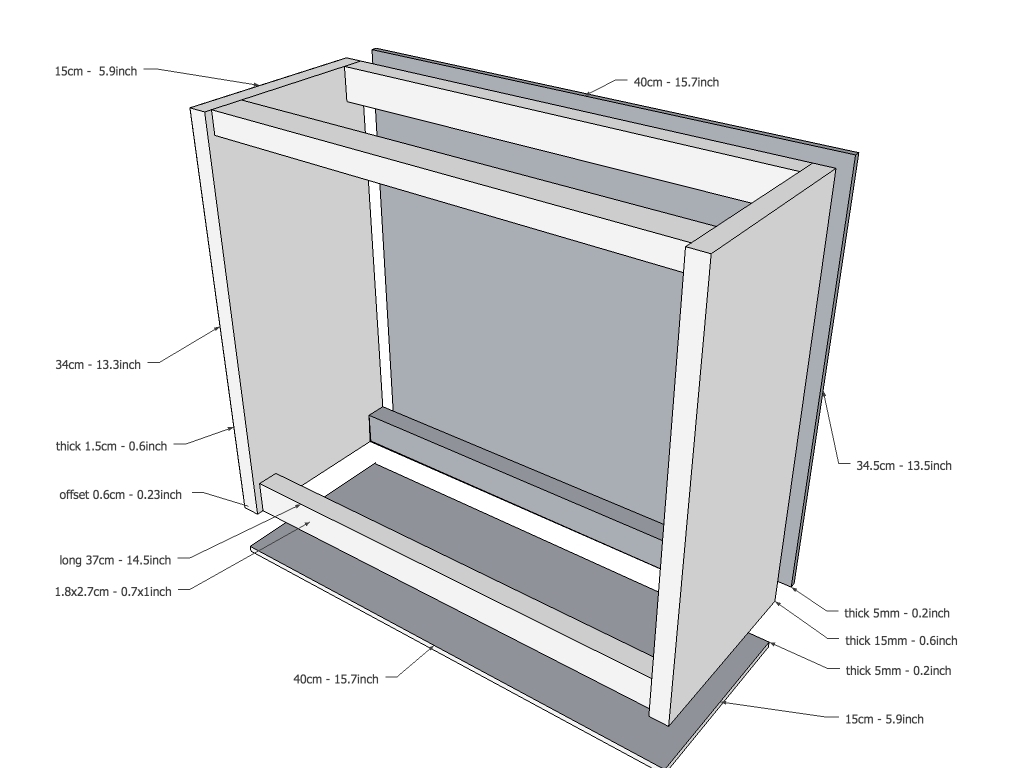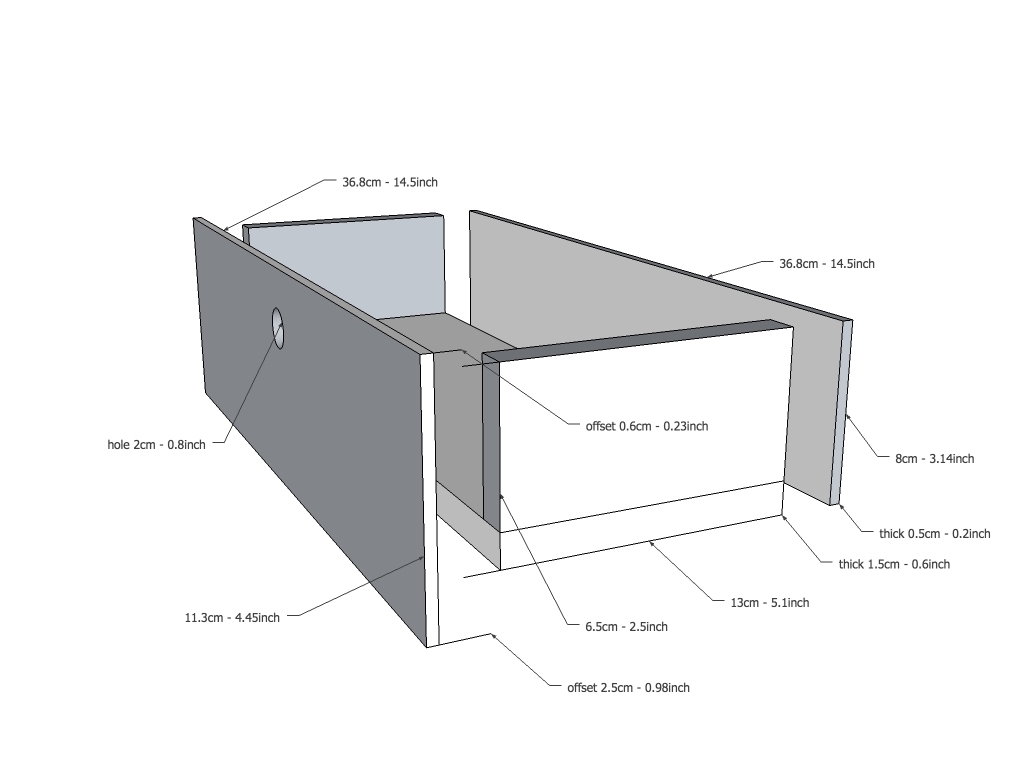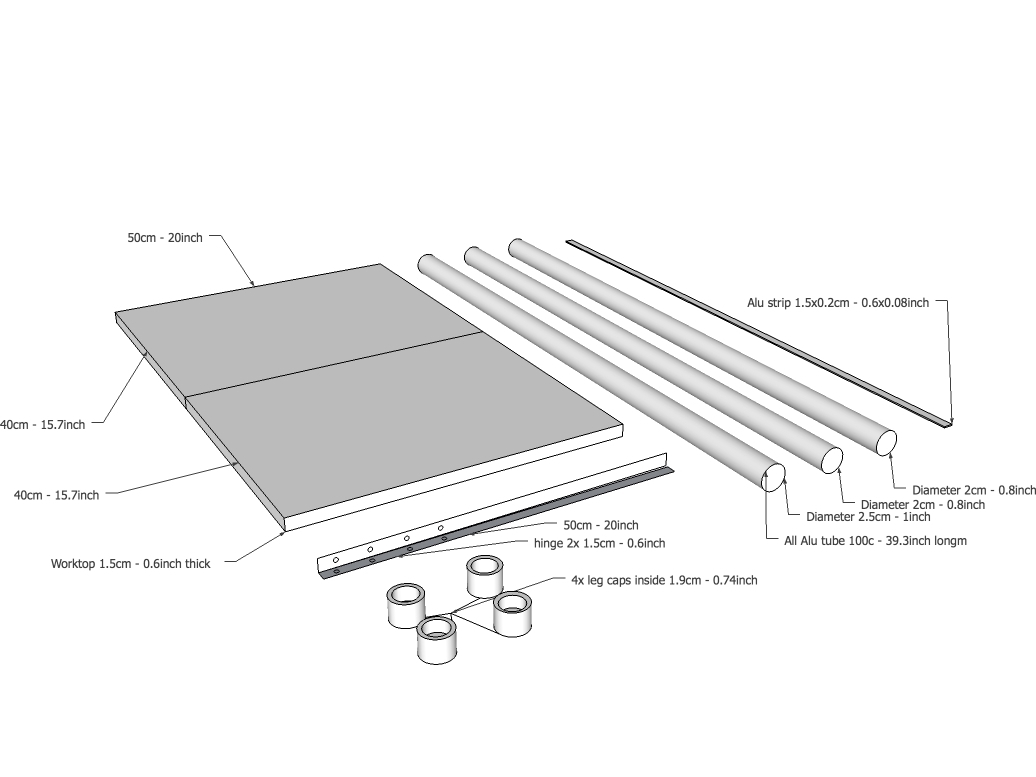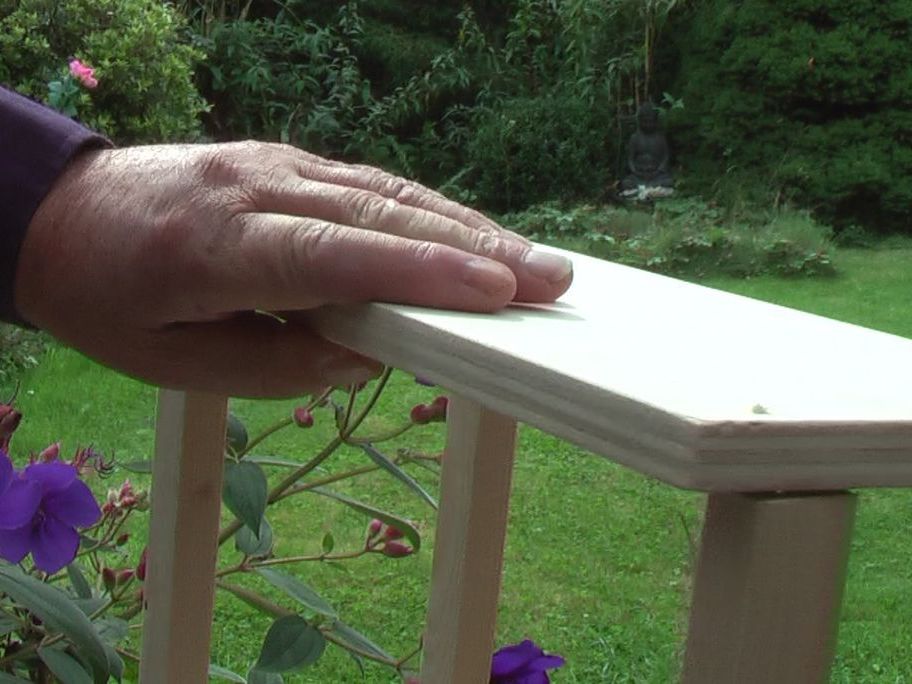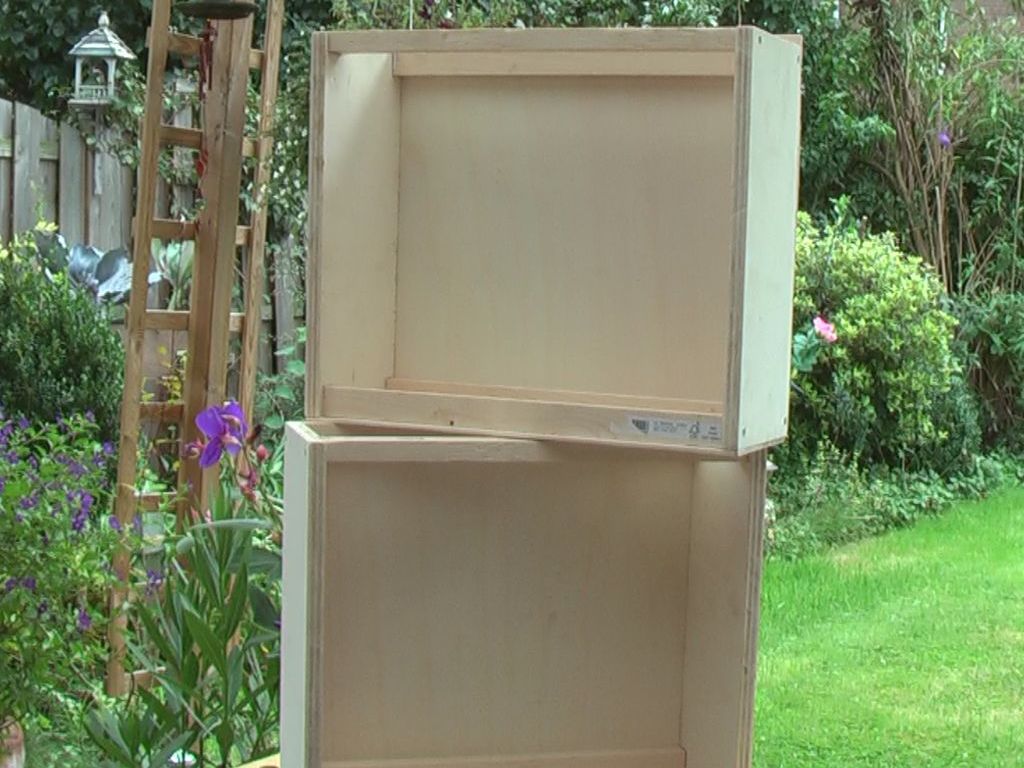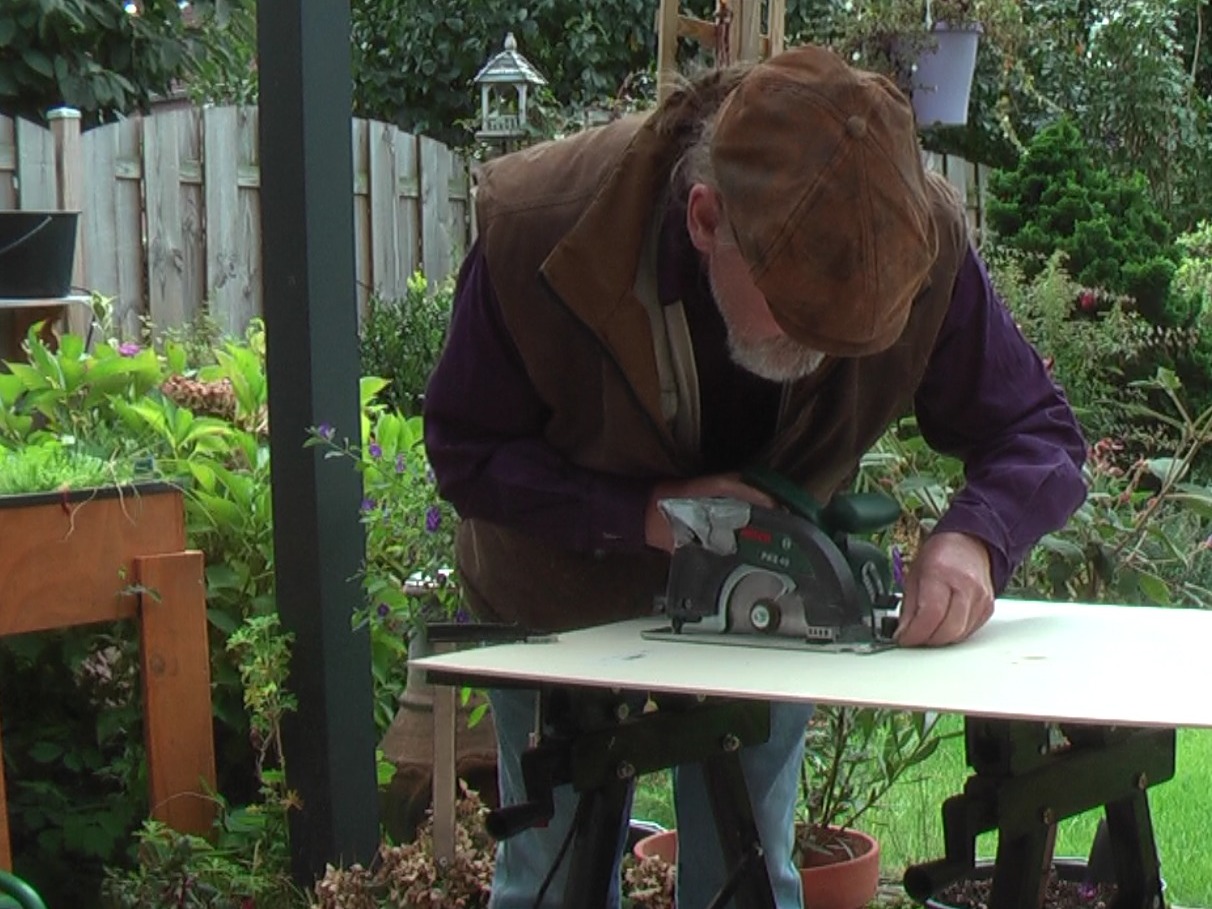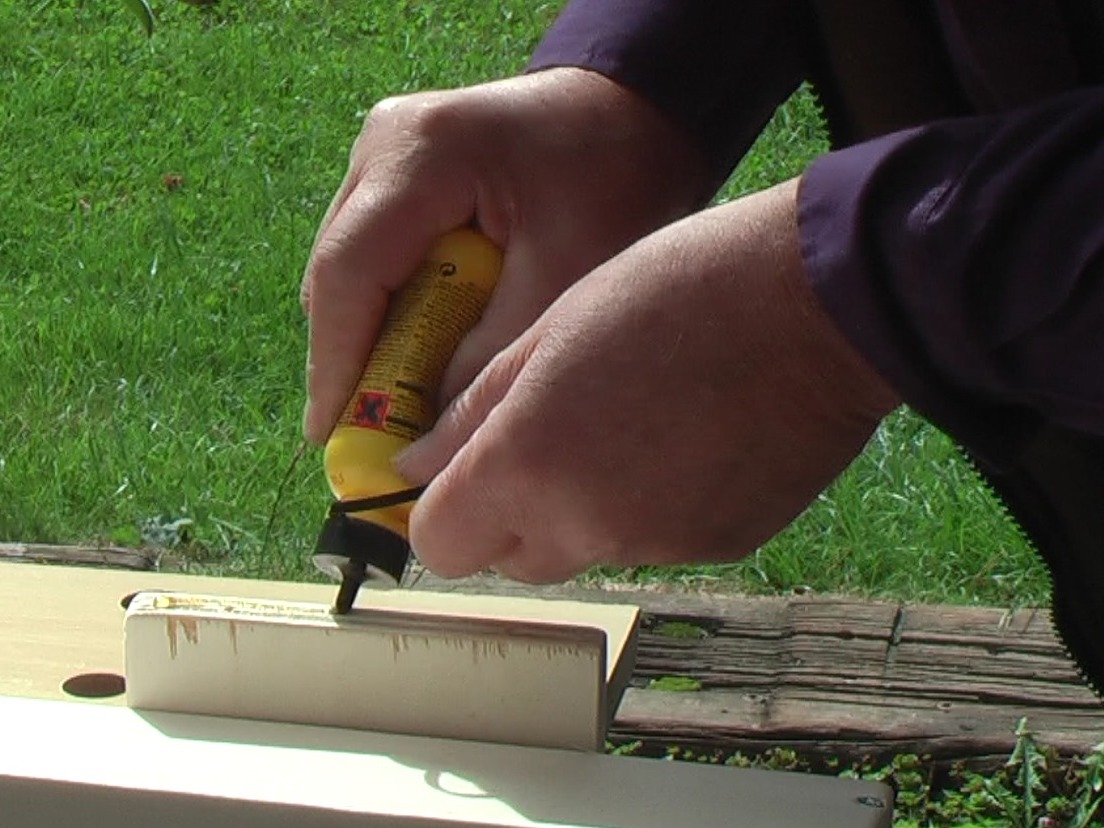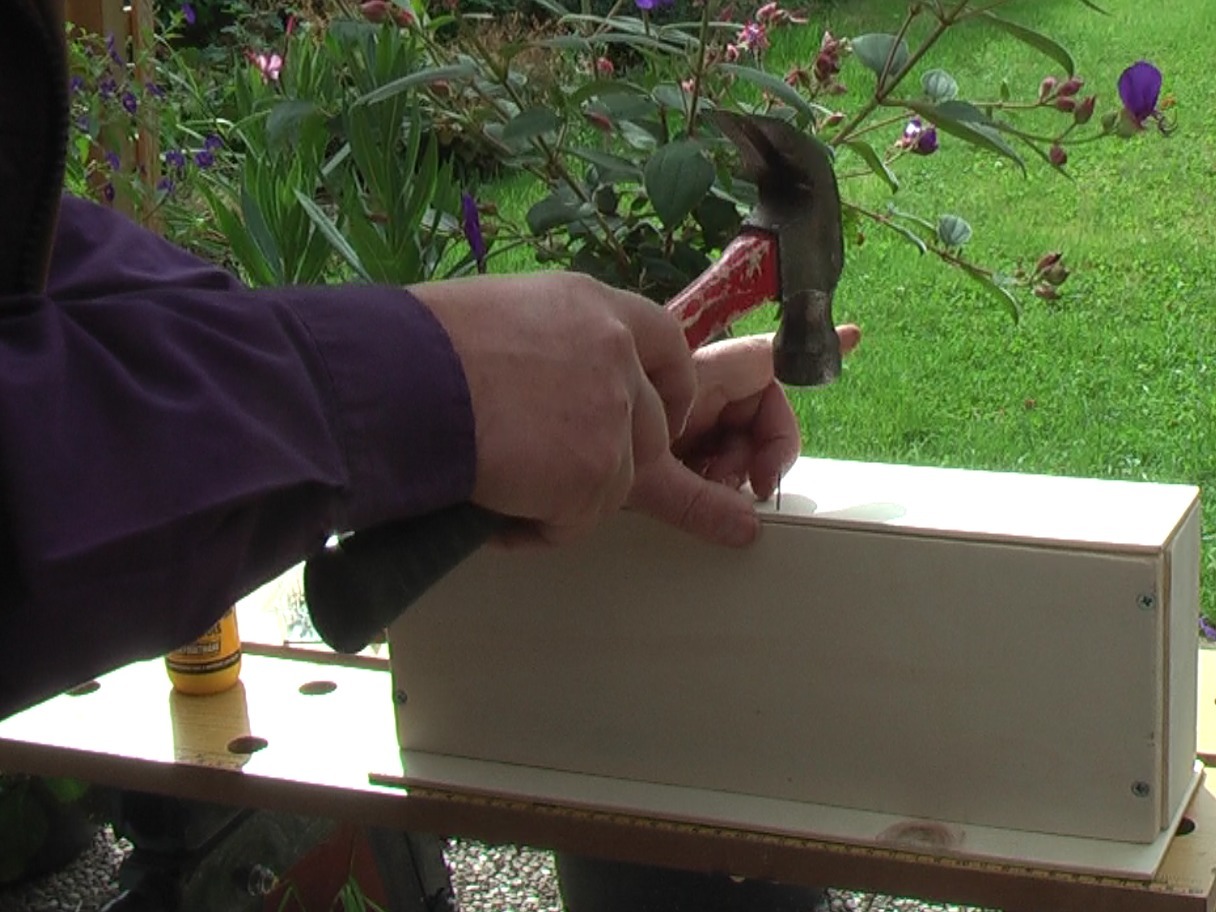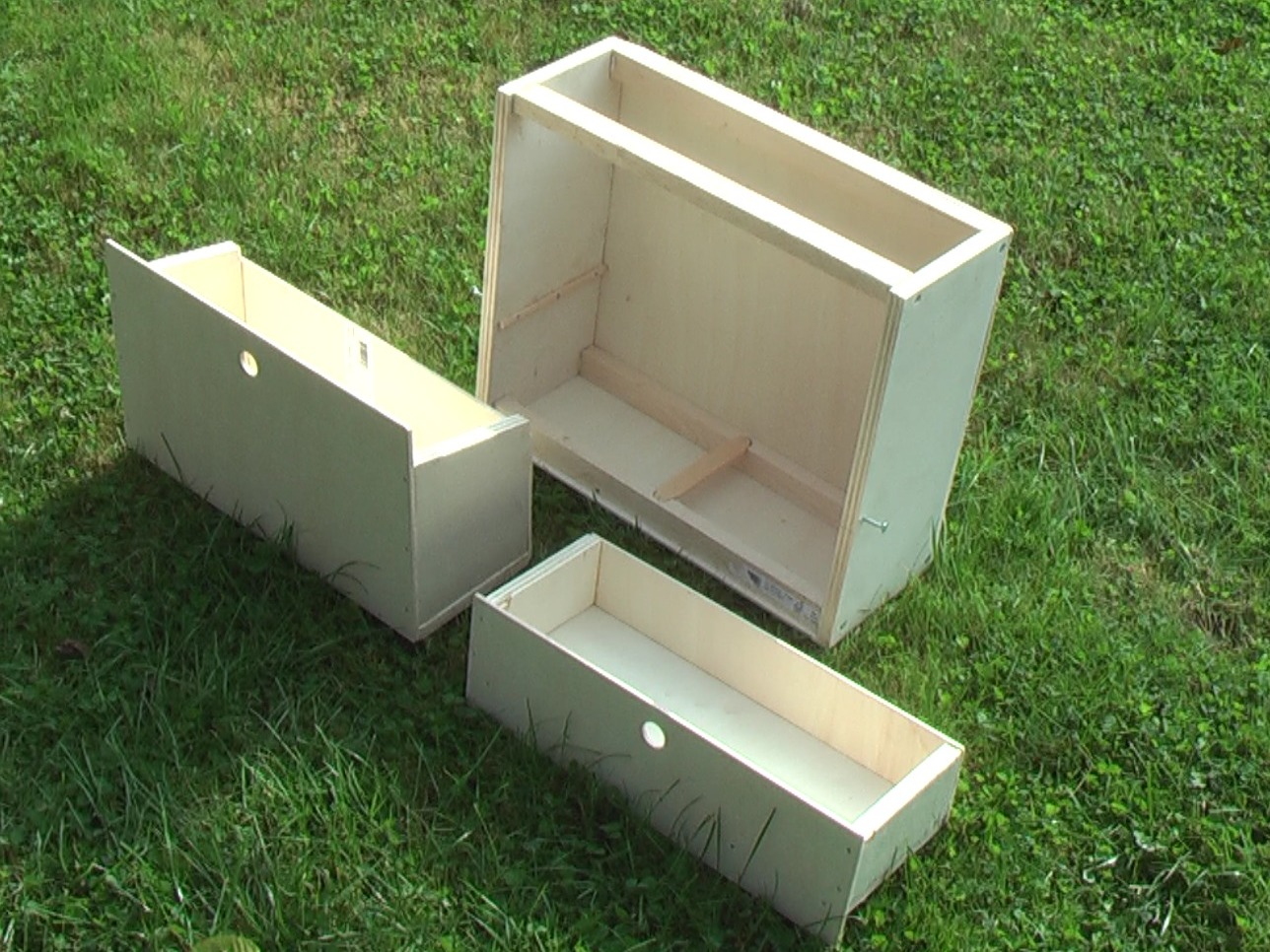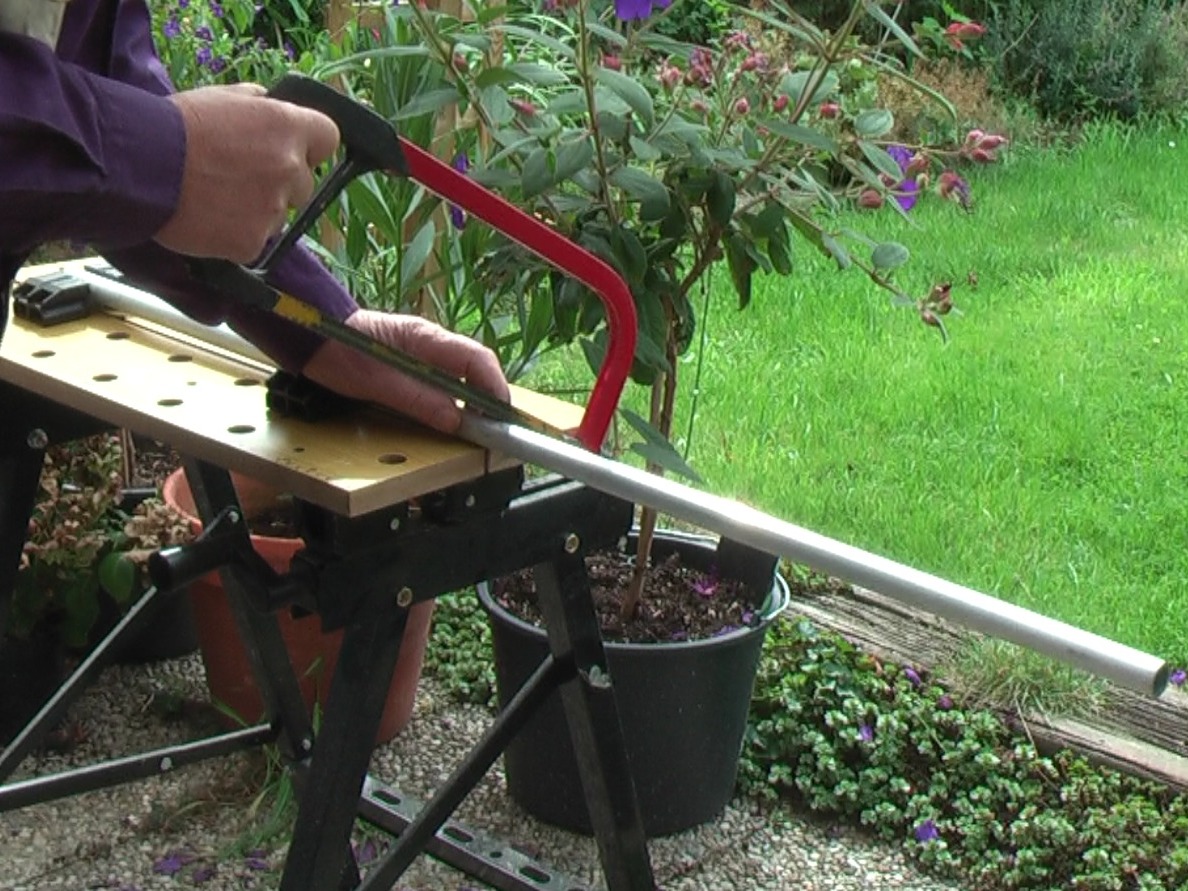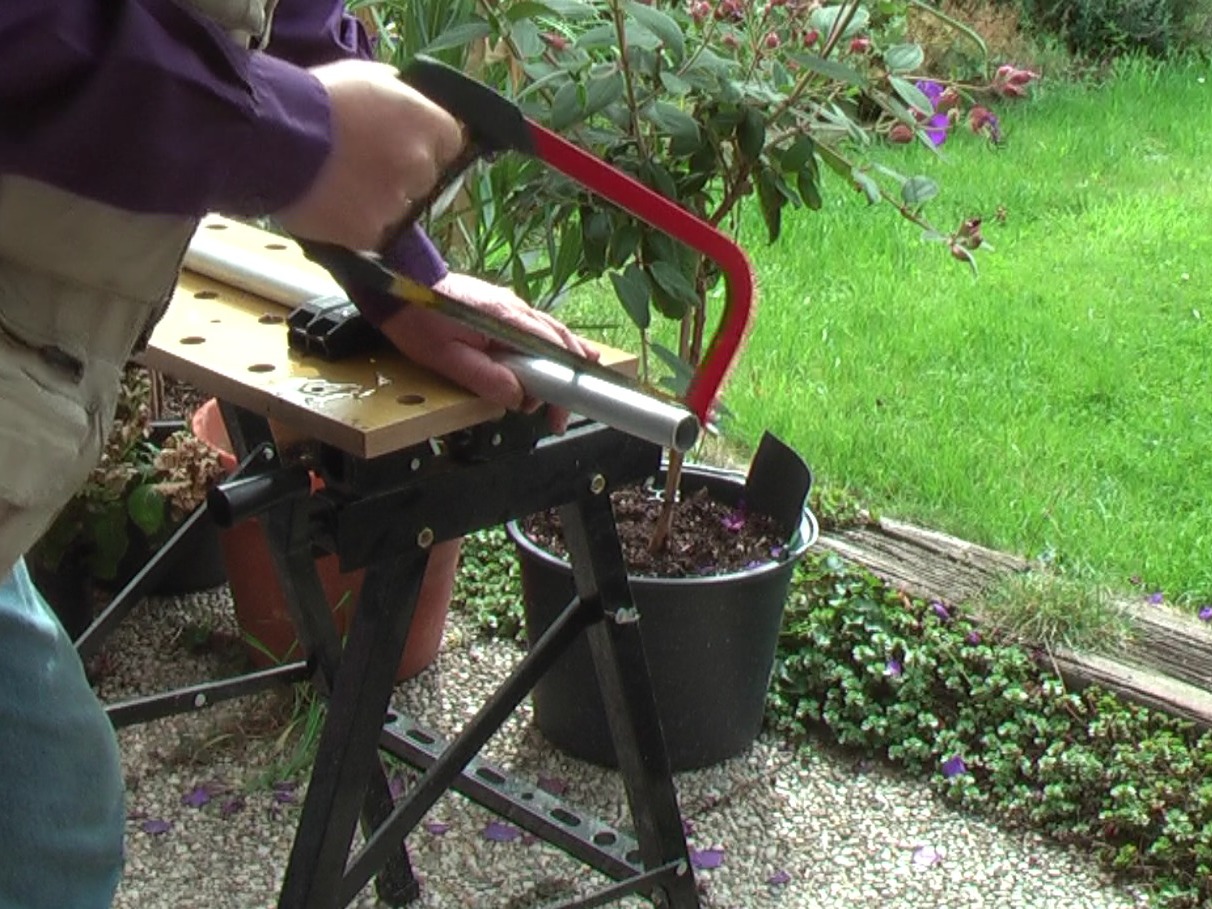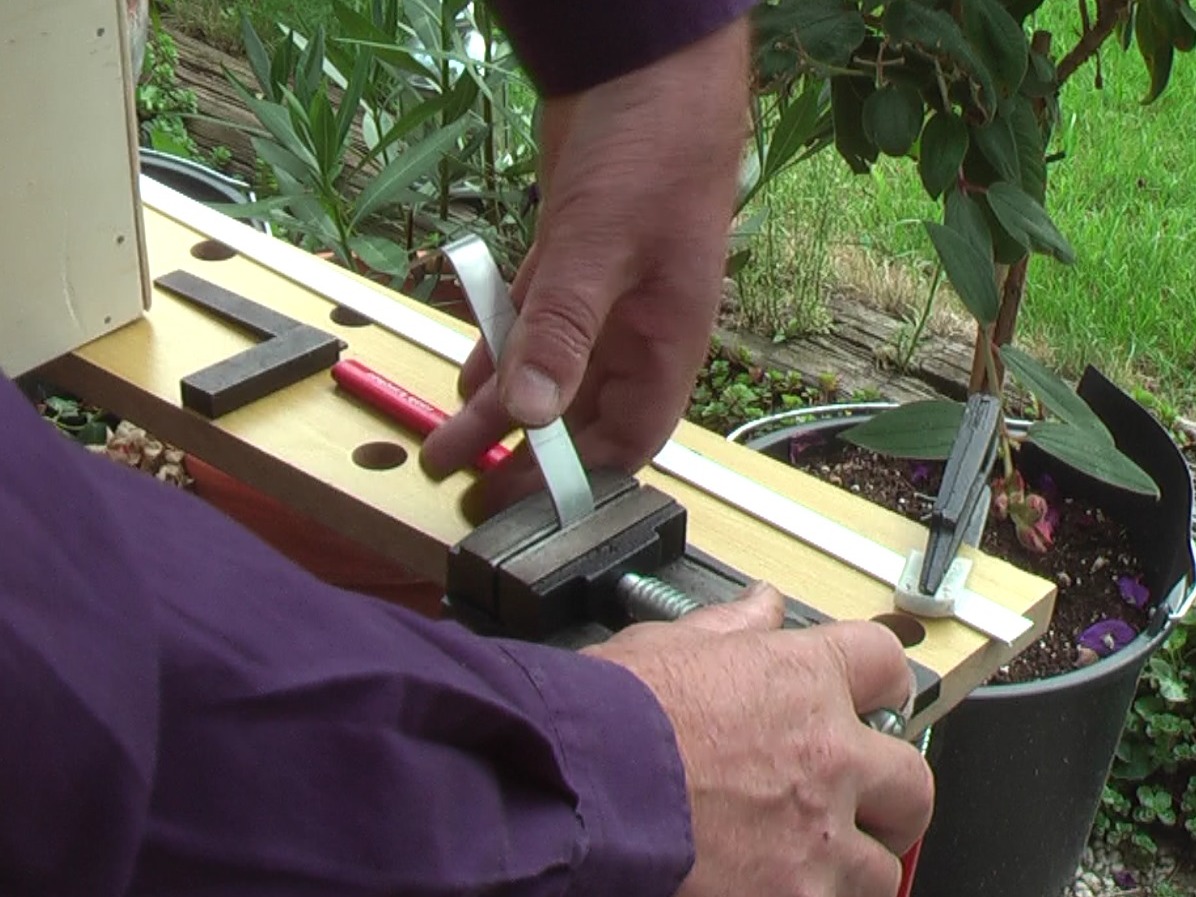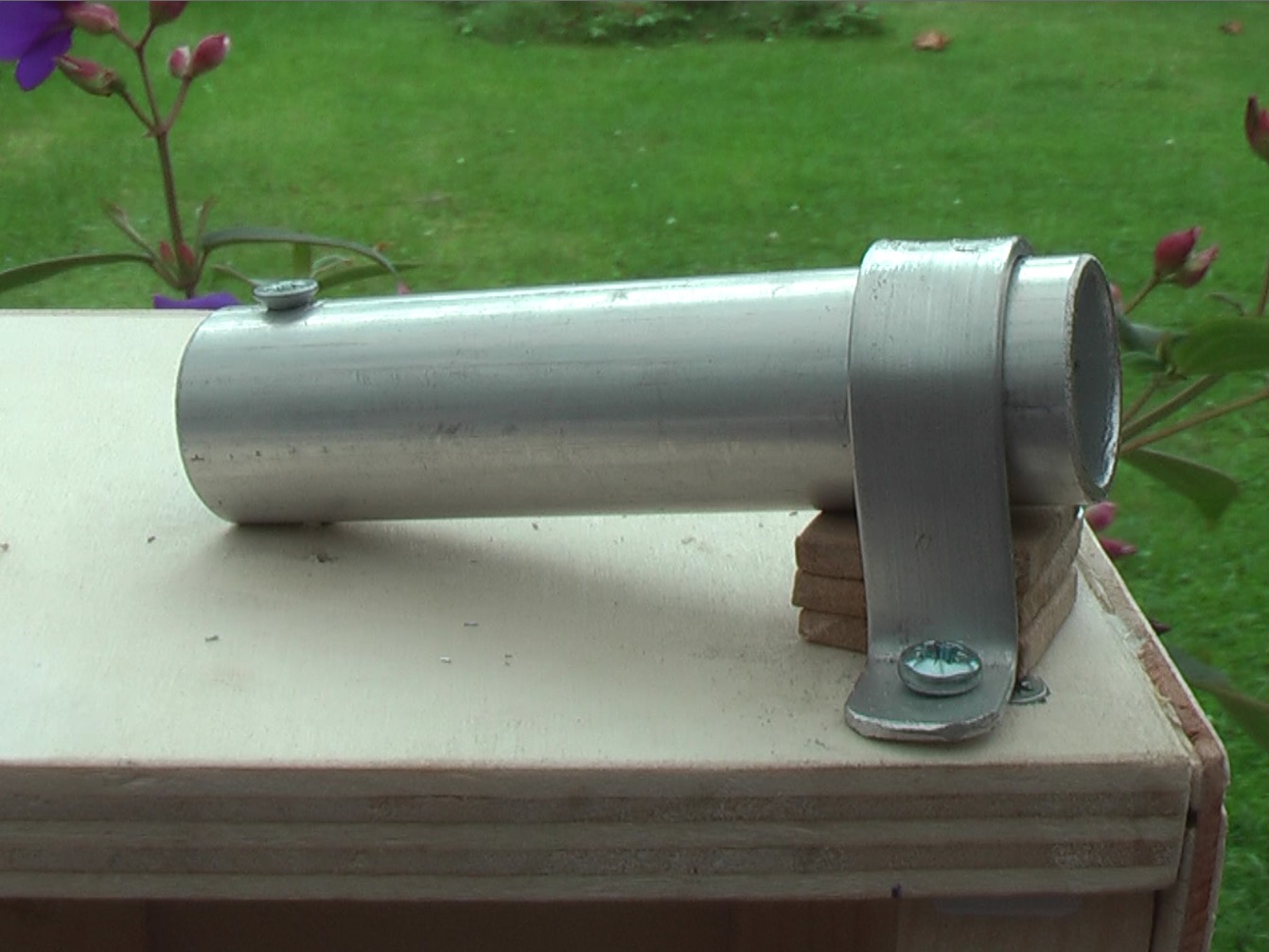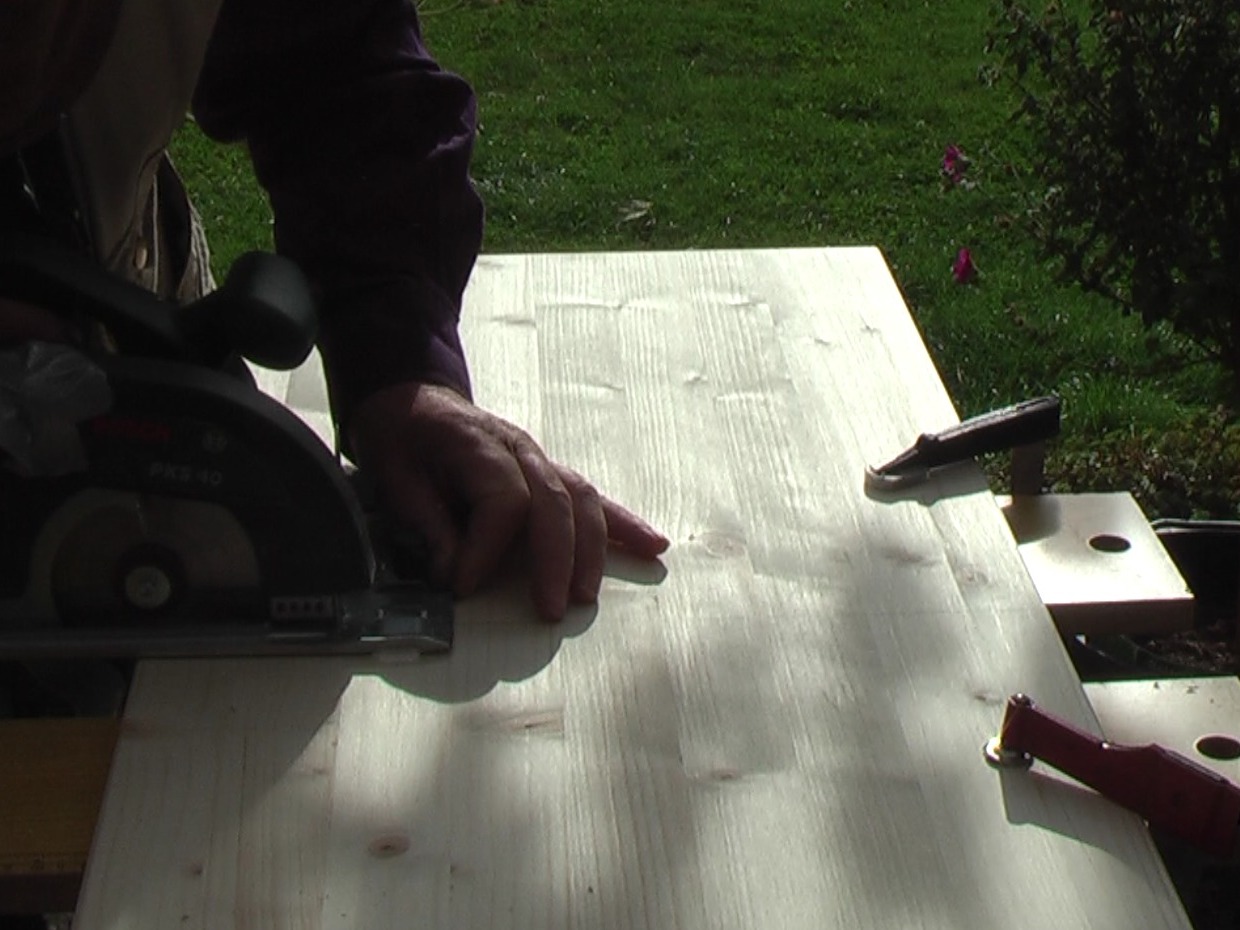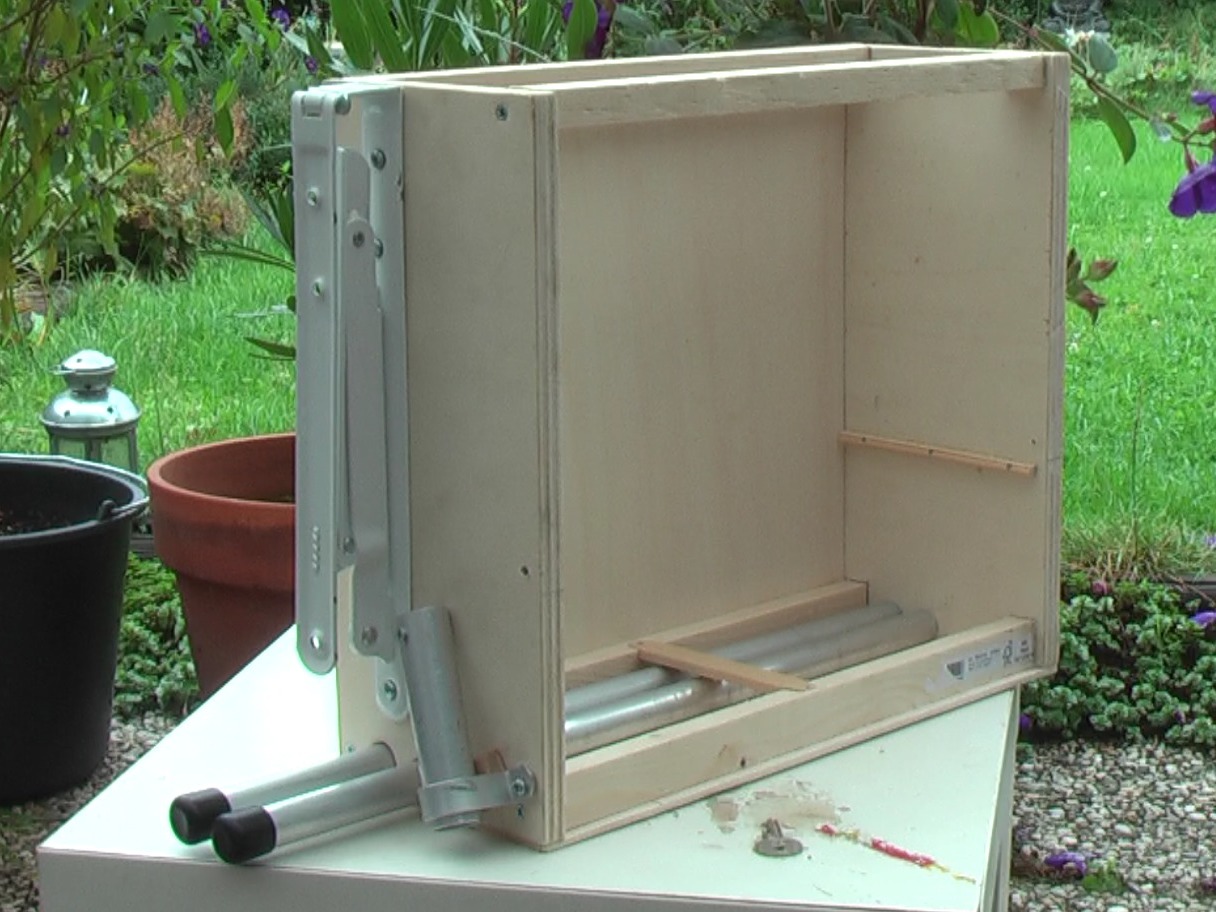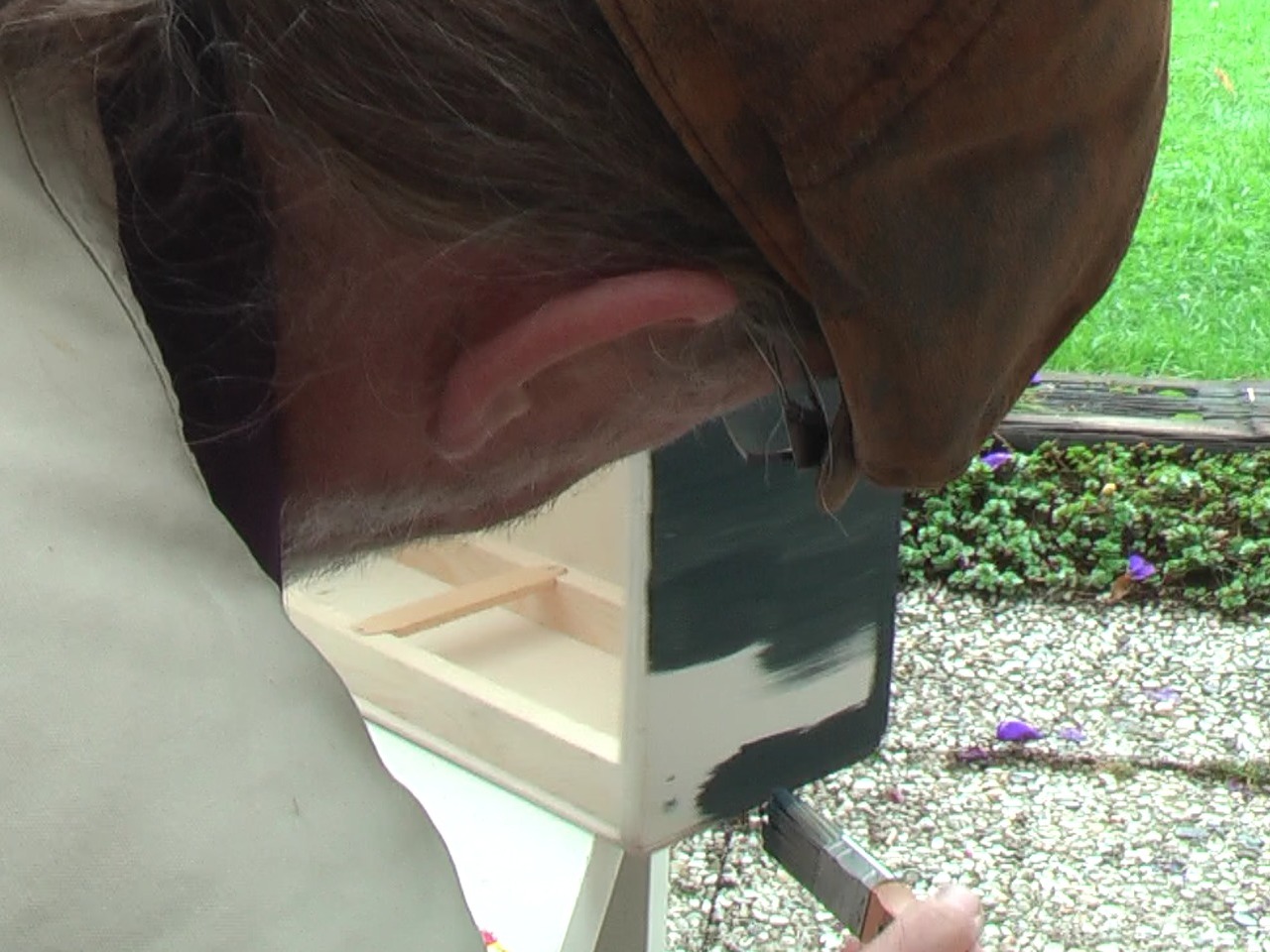It’s easy to put the toolbox and workmate in the trunk of my car and drive to the next job, but there has to be a more environmentally friendly solution if I am working near my house. Today, I will show you a DIY mobile toolbox and workbench that folds up to fit on the rear rack of a bike! It is able to transport all the tools needed for light repairs. The toolbox top folds out with the help of a piano hinge and a few brackets. The workbench can be removed from the bike rack and is able to stand on its own stowable legs made from aluminium tube. This portable workspace weighs only 10kg (20lbs), but it’s able to support my full body weight. It’s a wonderful addition to any Maker’s bicycle and a great solution to work on projects in the field.
Projects from Make: Magazine
Bike-Portable Workbench
How to carry a toolbox and a workbench on my bicycle rack? That was the question I had to solve, as electronics repairer in my home town. This project is the end result.
